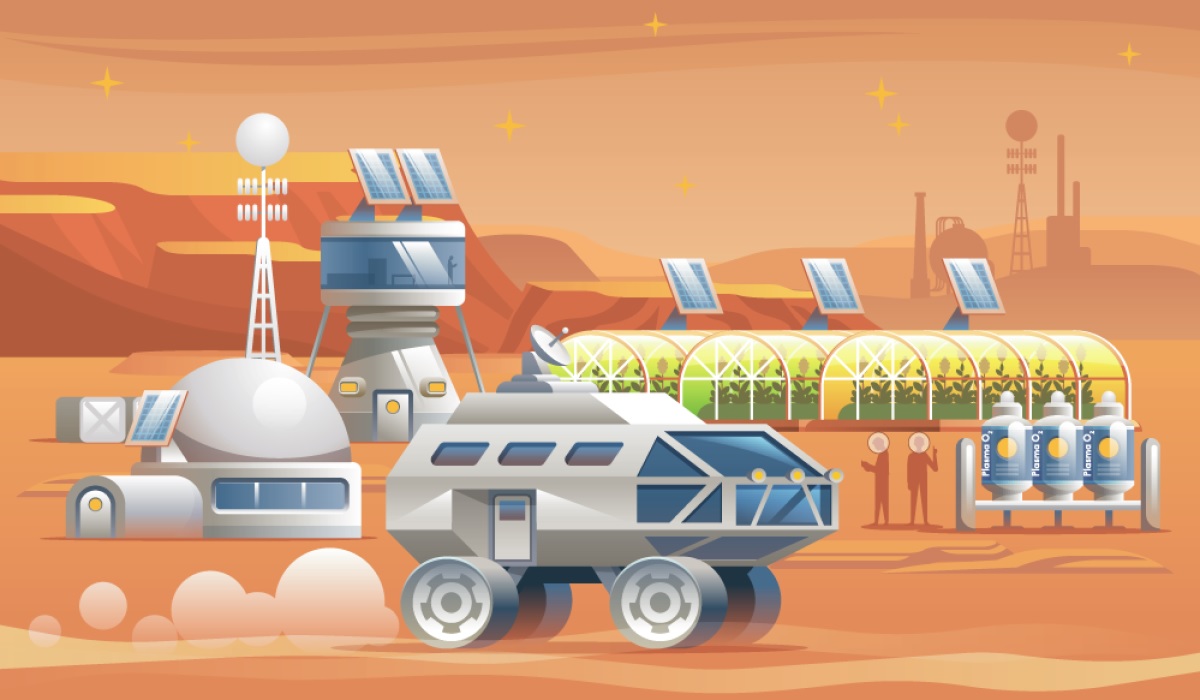ROADMARS
Reaching Oxygen-Accumulated production through Non-thermal Discharges on MARS
Overview
Space exploration has fascinated mankind for decades, stimulating the interest in science and engineering, as well as contributing to the advancement of new technologies with crucial roles in improving everyday lives (plants to purify air and water, satellites to monitor deforestation, etc.). In this context, Mars is commonly viewed as the next step towards the voyage of humanity into the Universe. The achievement of a manned-mission to Mars will mark the next frontier of discovery and the dawn of a new age in planetary exploration. Among the many scientific and technical challenges required to make this journey a reality, the harvesting of local resources at the site of exploration is of a special and mandatory importance. This approach is known as in situ resource utilization (ISRU) and it has the potential to enable humans to thrive beyond Earth, in a self-sufficient way, for extended periods of time.
ISRU becomes particularly interesting when considering the possibility of oxygen production directly from the CO2-enriched Martian atmosphere. A local production of oxygen would reduce the logistics and costs of manned-missions, while providing a breathable environment for future human outposts and a source of rocket propellant. Note that in a typical rocket fuel (e.g. methane-oxygen fuel), the oxygen accounts for 75-80% of the total propellant mass. Integrating an ISRU system into the strategy of future missions to Mars could potentially save tens of billions of dollars. Exploring such technology would equally promote the development of new methods targeted at CO2 recycling on Earth, which is one of the great challenges for the 21st century.
Project ROADMARS aims developing a proof-of-concept plasma-based system for oxygen production under Martian environment, validated in laboratory. This will enable to study new and promising conditions for CO2 valorization, explore the differences between Earth and Mars in terms of CO2 plasma-based decomposition and test the potential integration of plasma reactors in future missions to Mars.

